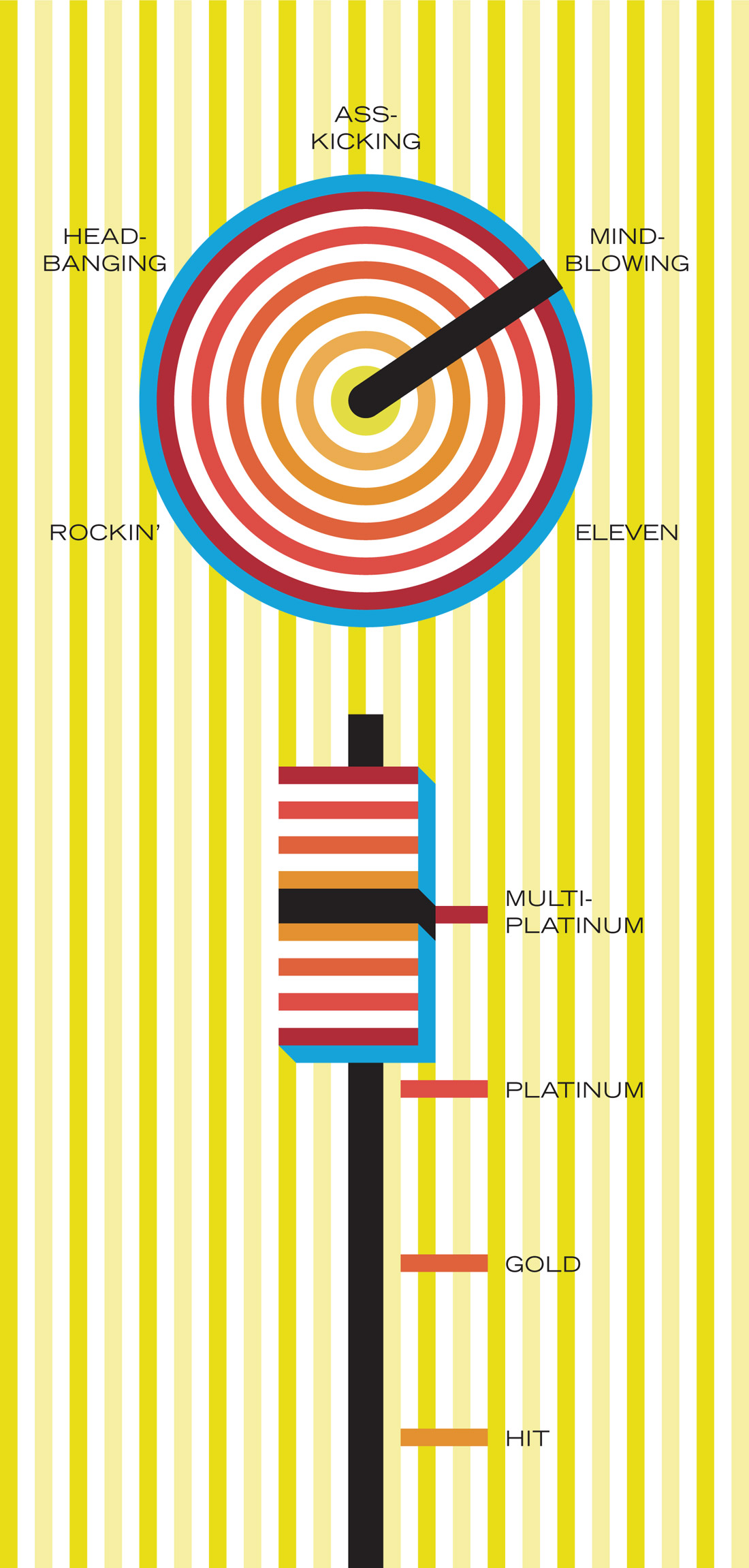If you are a budding studio owner or engineer, realize that at many points during your career, you will need to fix problems with wiring — be it a broken wire inside a guitar or a polarity-reversed patch-point in a patchbay. Therefore, invest in a quality soldering iron with a variable power control, a holder, and a cleaning pad. You could go all-out and purchase one with thermostatically-controlled tip temperature, but I've had a basic, consumer-grade Weller WLC100 soldering station ($42 street; www.cooperhandtools.com) for years, and it's done thousands of joins without problems. ••• Also, buy yourself a desoldering tool. I prefer the manually-actuated vacuum plunger. You arm it by pushing in the spring-loaded plunger, then you place the tip on the melted solder and push a button — and phoofh, the solder gets sucked up into the plunger. Don't skimp on this tool; usually when you pull out the desoldering tool, you're trying to save something of value, and you don't want to keep reheating (and potentially damaging) that something because your pump is half-assed. I've got a Sterling 7420 (www.iso- tip.com). It has amazingly smooth action that's damped at the top of the upstroke so it doesn't bounce in your hand when you activate it; the replaceable tips are easy to find (although I have yet to replace the tip); it's static-free; and its shape and texture make it easy to cock and activate with one hand. ••• And speaking of one-handed operation, a "helping hand"-style stand with a weighted base and alligator clips is a must for soldering cables and small parts. I bought a generic one for $5 at a local electronics warehouse. You'd never mistake it for a $100 PanaVise, but it's fine for holding things like XLR connectors and mic cables. ••• Before you solder up those cables, you'll need a way to strip them, and a coaxial cable stripper will save you many headaches. You clamp this sucker around a cable, spin it around, and the cable insulation slides right off. Typically, the tool has an adjustment to control the depth of the cut, and there's a spring that puts enough tension on the jaws to cut through the insulation without damaging the conductive shield underneath it. I have a number of these tools, including the GB SE-98 ($18 street; www.gardnerbender.com) and a set of three Ideal Coax Strippers for different cable diameters ($45 street; www.idealindustries.com). On all of these tools, I pull the cutter blade so that only the stripper blade is doing its thing. ••• While you're assembling and fixing wires, don't forget the shrink wrap. I have three different brands of heat guns to do the shrinking, but according to the labels on them, they were all manufactured by Wagner (www.wagnerspraytech.com), and all of them have a shrink-wrap-friendly low-temp setting of 600- 750 degrees F. The important point here is to get a heat gun with an attachable, curved reflector so that you can do the shrinking evenly without having to turn the cable or gun. Also, if you need both hands to do a shrink job, you'll appreciate having a gun like the Wagners that can stand up on your worksurface without their intakes being blocked. ••• Tie down/up/together your newly- made cables with a tool like the Eclipse 900-005 cable tie gun ($27 street; www.eclipsetools.com). It tensions and flush-cuts cable-ties in one pull of the trigger. As I mentioned back in Tape Op #29, this tool is available under many different brandnames. A quick Amazon search brings up exact lookalikes from Paladin, Greenlee, Xcelite, and American Terminal. -AH

